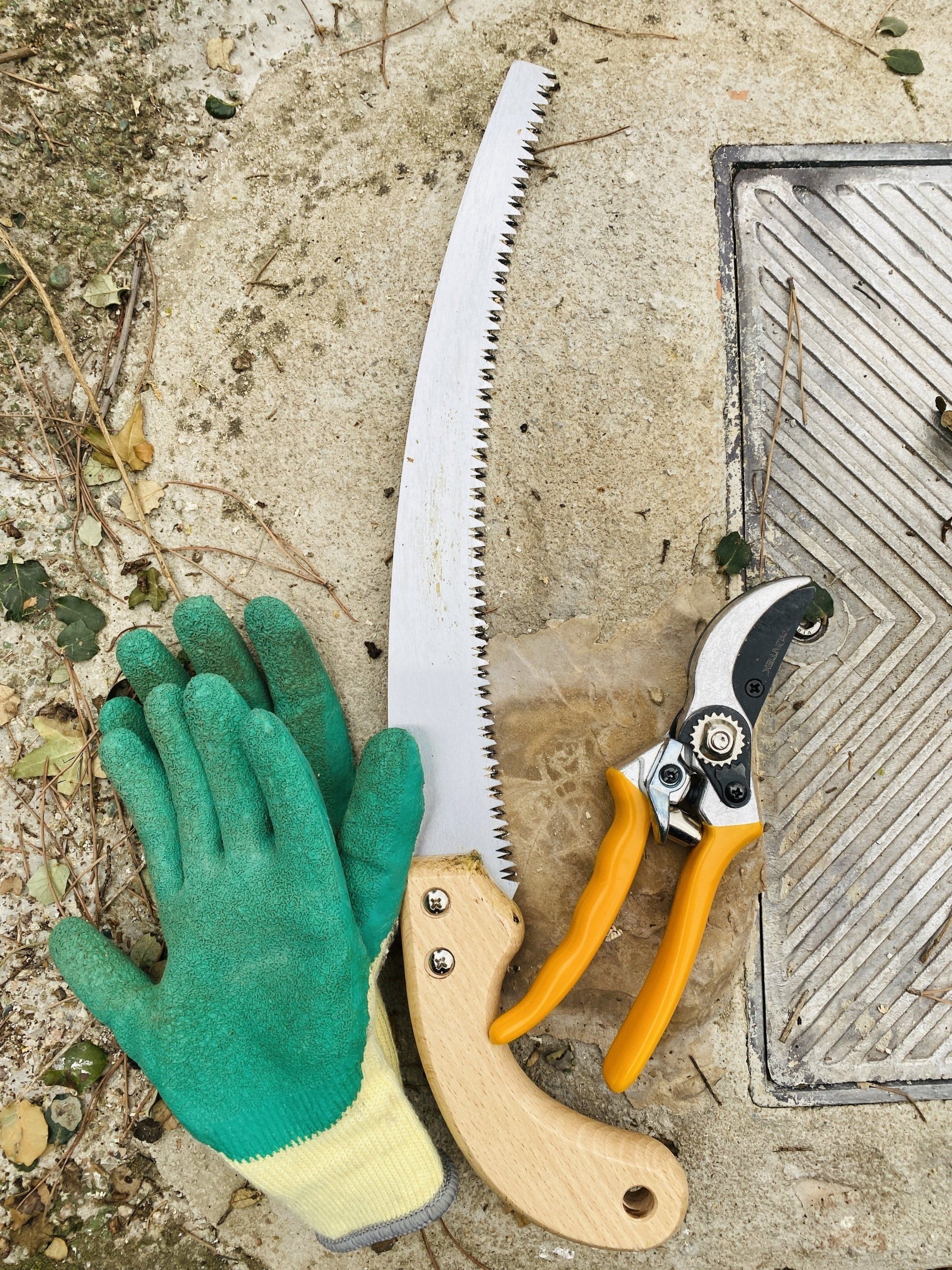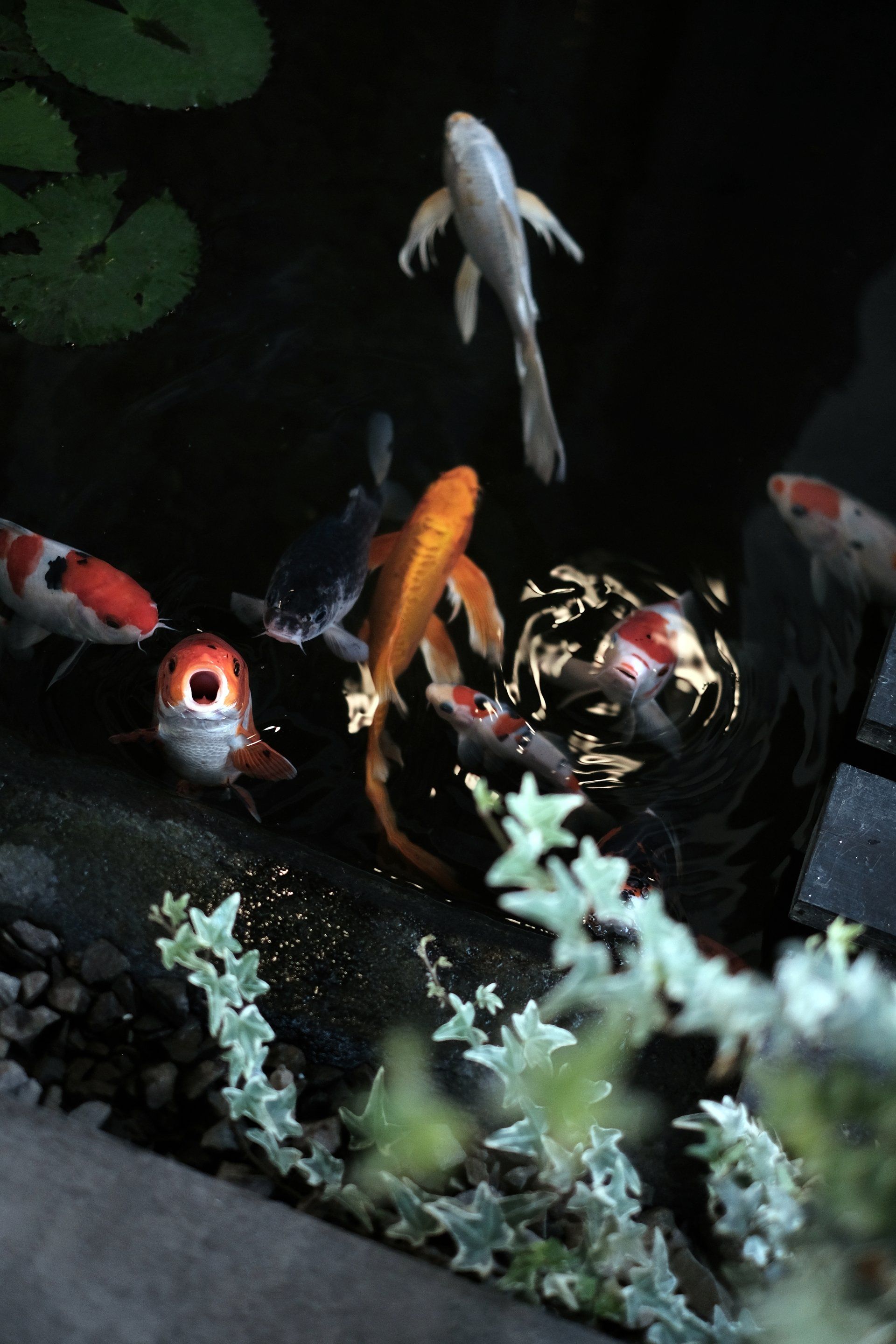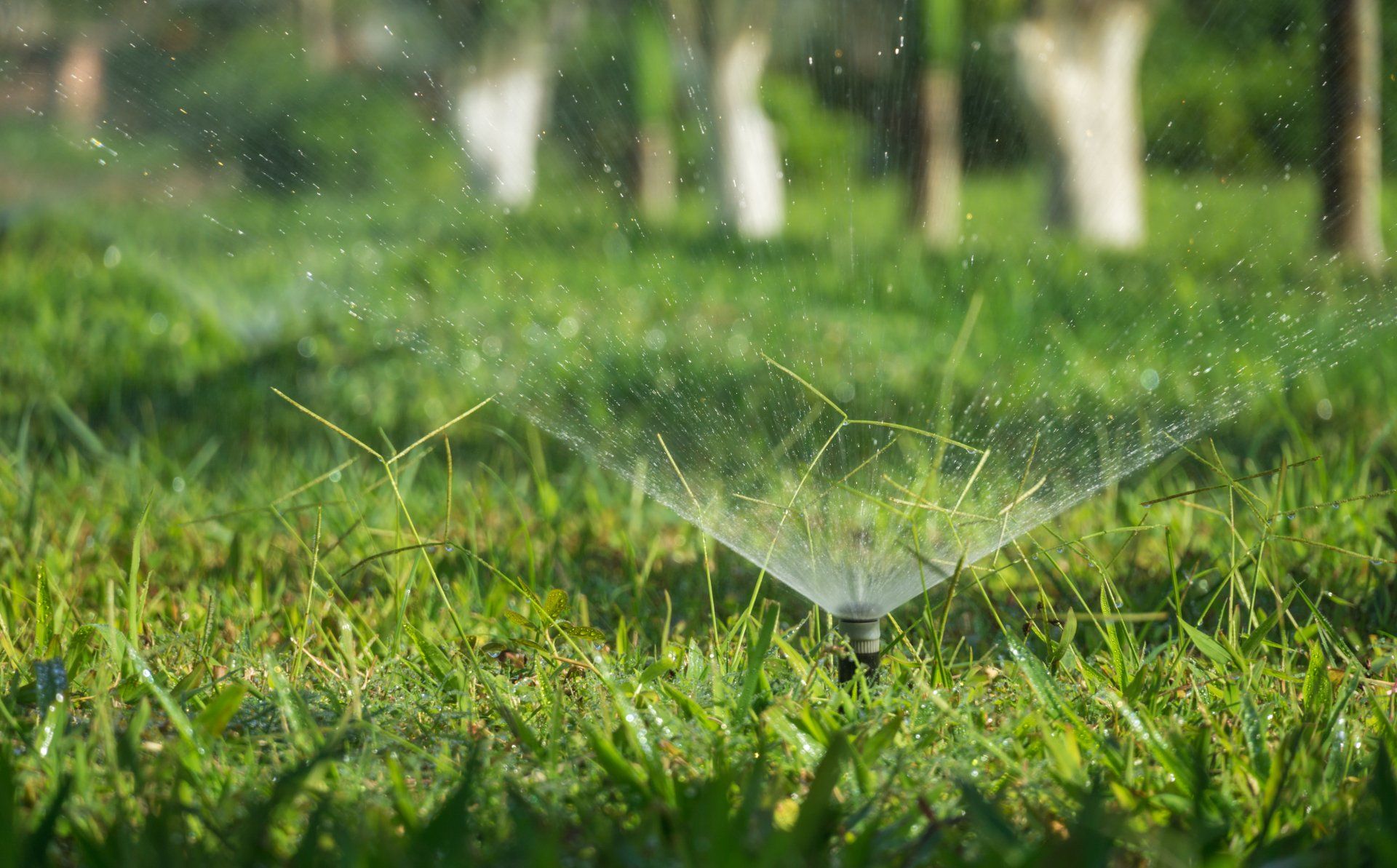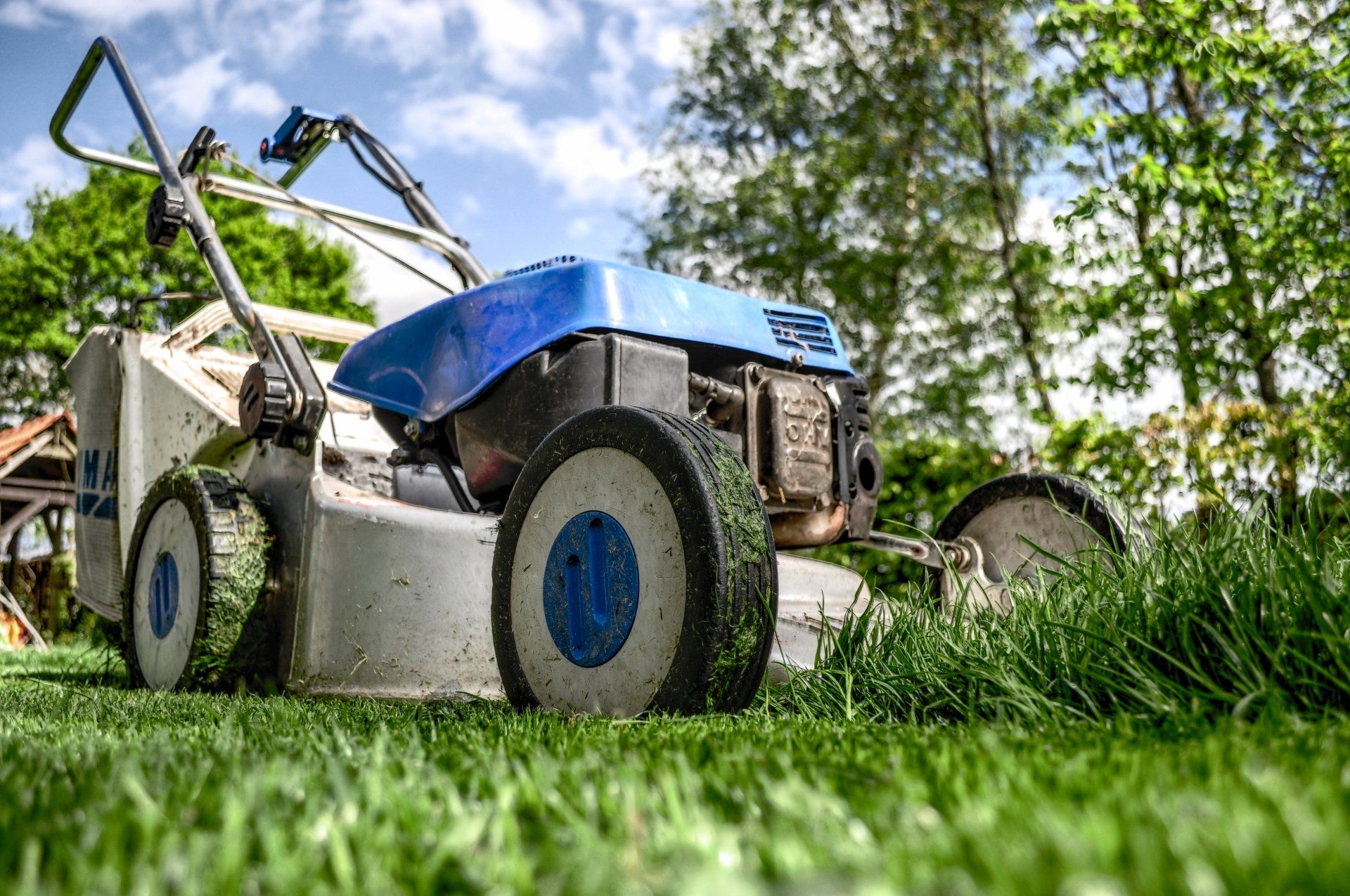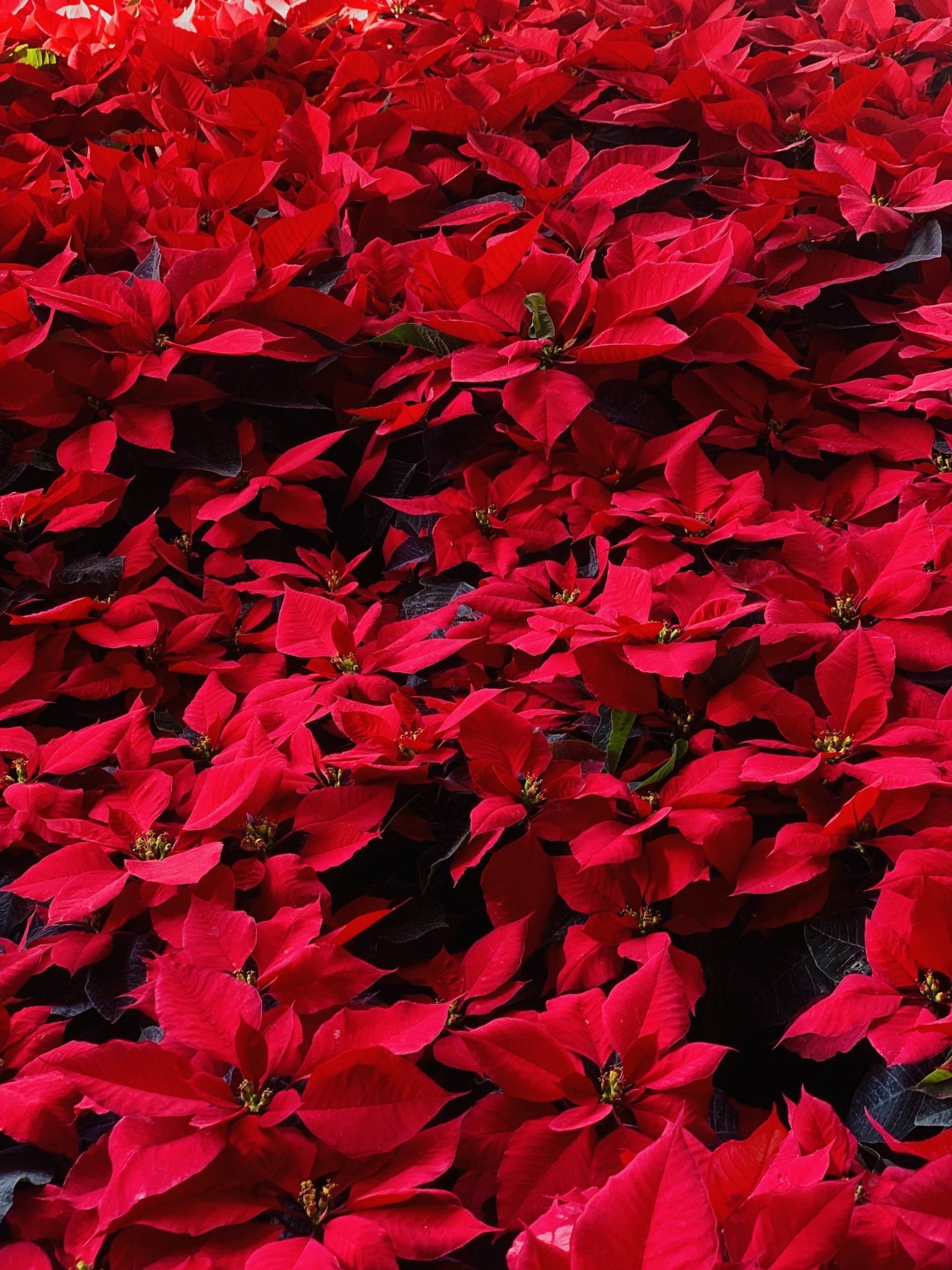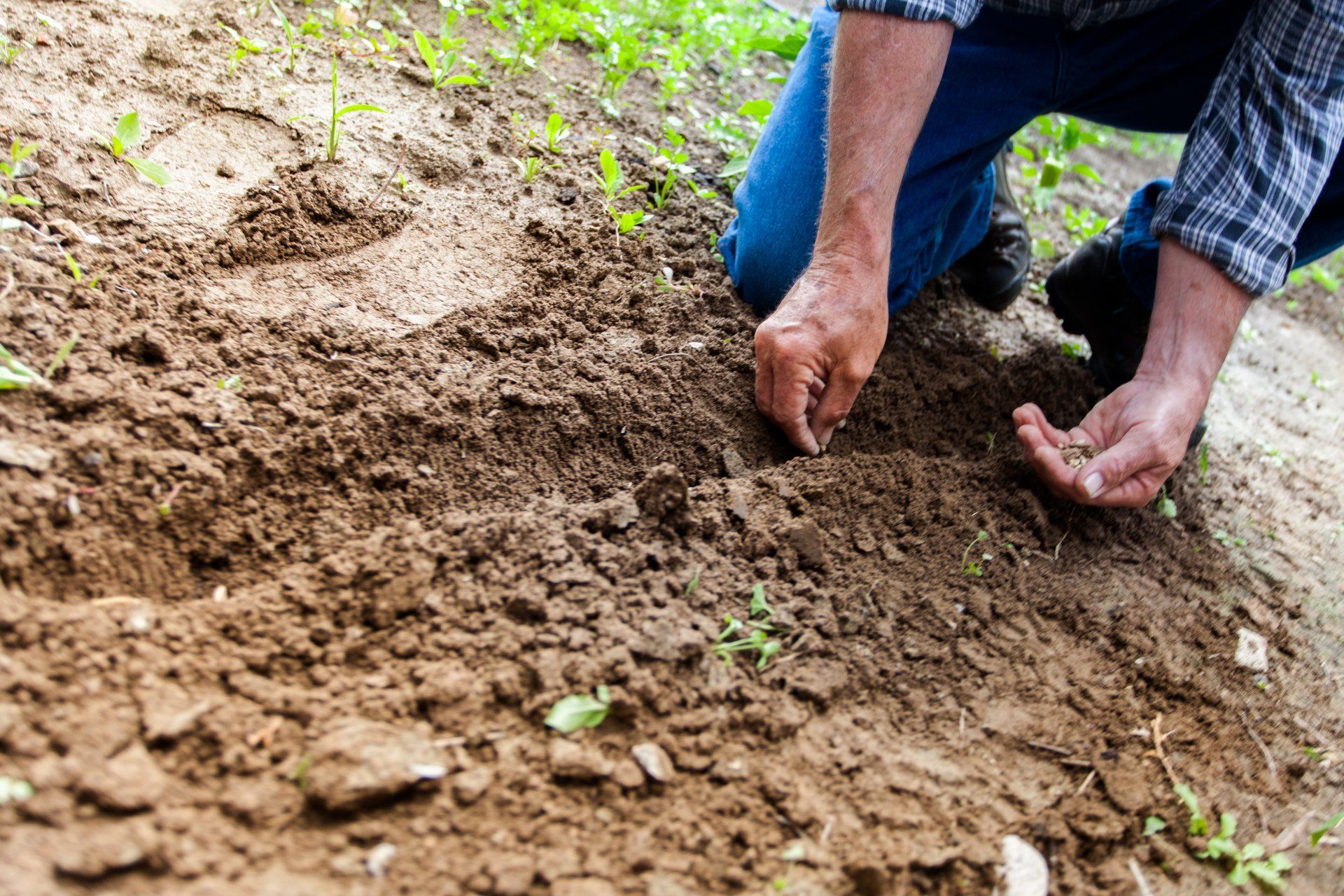Picking What Fruit-Bearing Trees to Plant in the North
Picking What Fruit-Bearing Trees to Plant in the North
You may be seeking to add interest to your garden with ornamental trees to help the environment or have always thought of owning your own orchard. The key to success is picking the appropriate fruit-producing tree for your area. If you live in northwestern regions of the United States, there are numerous cold-climate fruit-bearing trees to think about, and we're pleased to present a list of some of the most well-known trees, as well as some suggestions and tips for good growth.
Cold Hardy Fruit Trees
The United States is divided into various zones of hardiness that can be used to determine what kinds of plants are the most likely to flourish in a particular region. The states in the northeastern region fall within zones 3 to 6. There are many species of the following which could be suitable for growing in colder climates. These include:
Apples
Apples are the most popular kind of fruit tree that is grown in northern climates since the majority of species are extremely robust and can withstand extreme temperatures. Due to the shortening of the time of the growing season, you'll require a selection that is ripe prior to the first frost. Choices include the following:
- McIntosh
- Cortland
- Red and Gold Delicious
- Honeycrisp
- Regent
- Gala
Plums
The most well-known stone fruit can be found throughout the United States, with several varieties that can be grown in zone three or four. The two varieties that are most widely planted are:
- Japanese plums are ripe from late July to September. The fruit can be a variety of colors, between yellow and purple, with a slight sour taste.
- European plums ripen just a few weeks earlier than the Japanese variety, and the fruit is much sweeter.
Pears
Many varieties of European pears are able to thrive in cold climates, and the most durable kinds include Flemish Beauty, Luscious, Parker, and Patten. Kieffer and Oriental pear varieties thrive both in southern and northern climates.
Growing Tips
Fruit trees require at least eight hours of direct sunlight per day to grow and become productive. Before investing, make sure you've got the right place for the tree to be planted that is not obstructed by the shade of other trees or buildings or where its height is limited through overhead lines and other structures. Other suggestions include:
Find a nearby nursery and purchase trees that thrive in your area.
In northern climates, the spring season is the best time to plant.
Create the hole and then amend the soil ahead of planting to make it easier.
Fruit trees can vary in size, ranging from
- Dwarf - Grows eight to ten feet tall. They are also less productive.
- Semi-dwarf - Grows 10 to 15 feet tall and will be more productive than dwarfs.
- Standard - Most productive and can grow to 20 feet or more.
Unless the tree is believed to be self-pollinating, you will require two varieties that can pollinate it and to produce fruit.
The soil that is well-drained and fertile is the best.
Opt for varieties resistant to disease to reduce the amount of spraying.
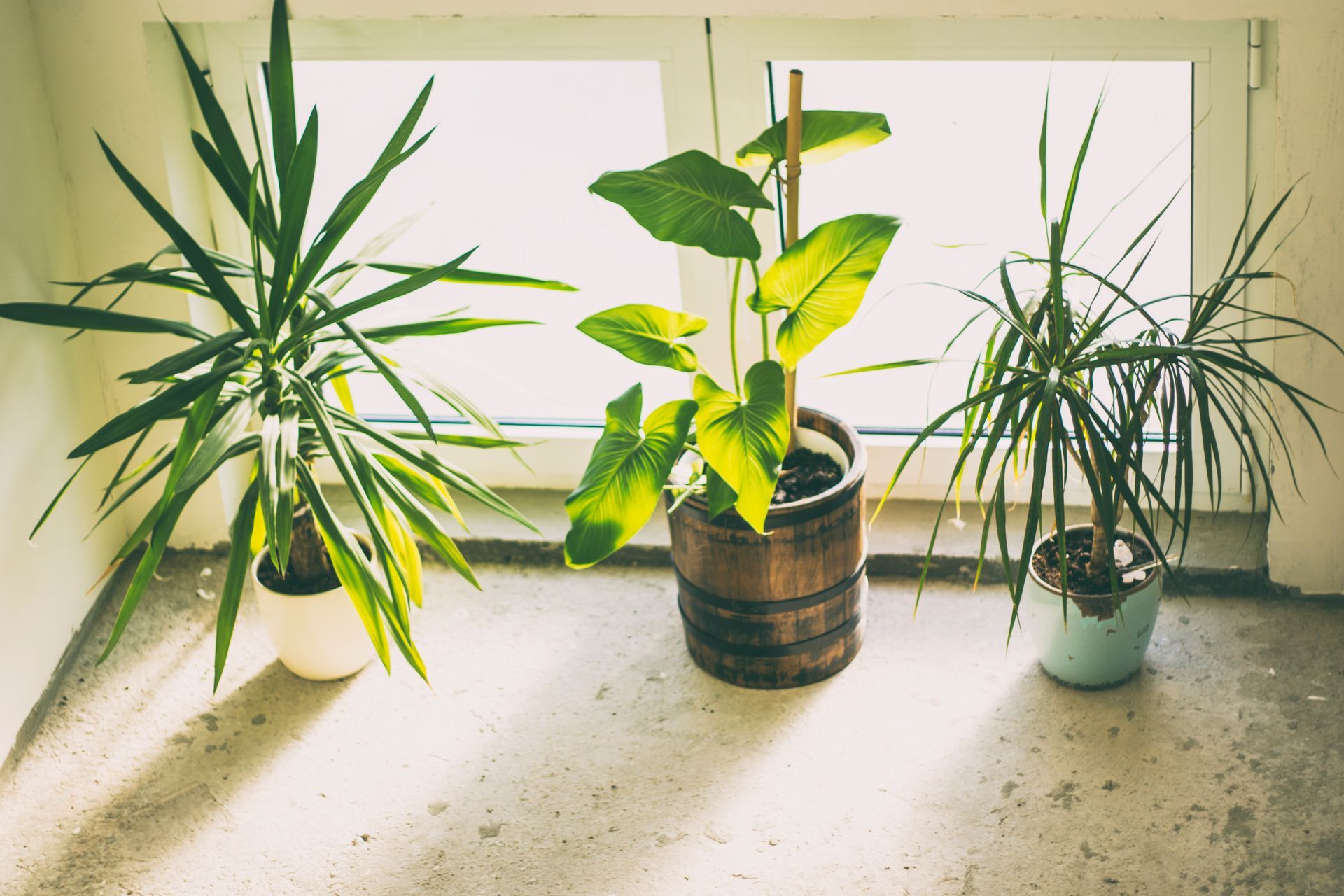

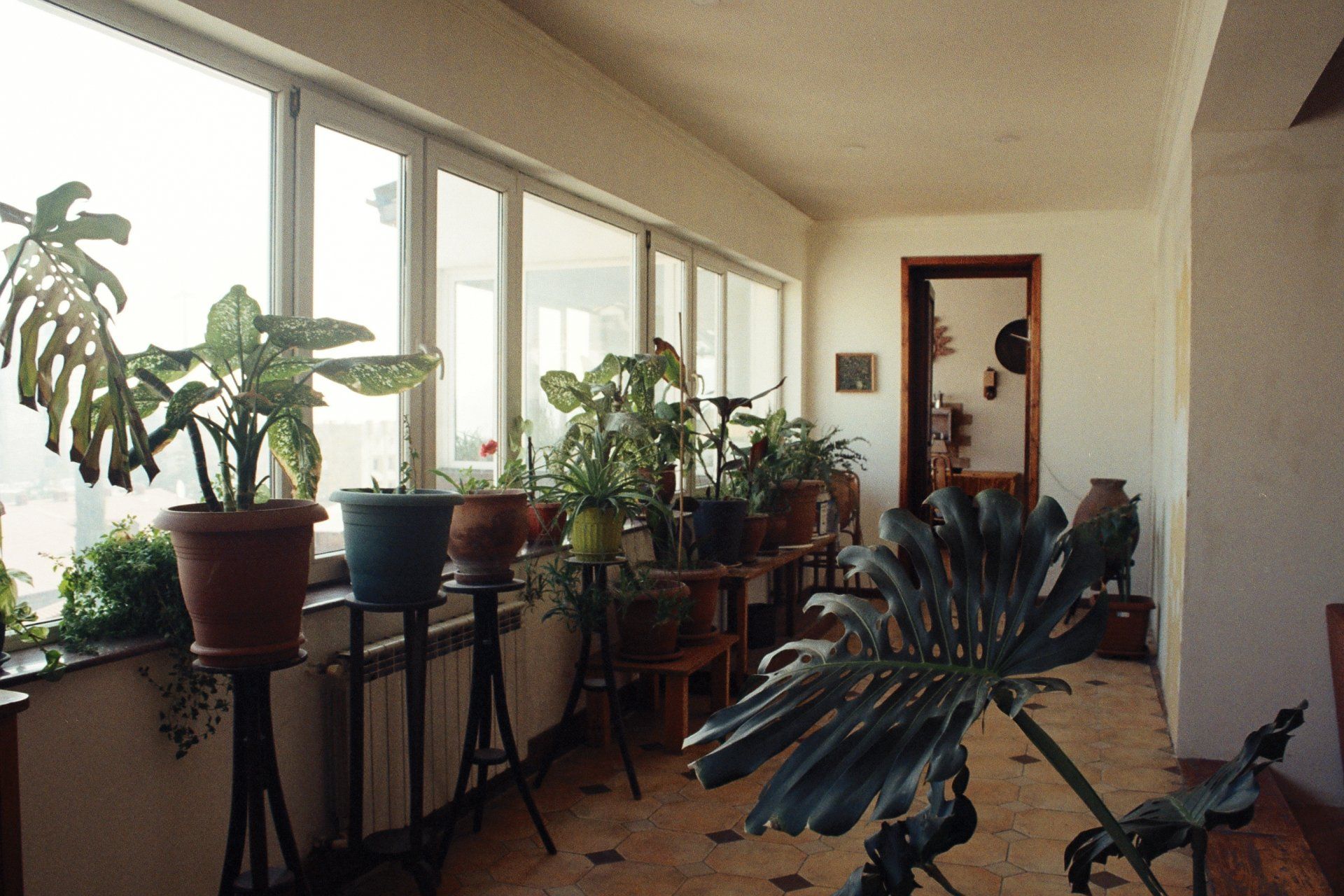
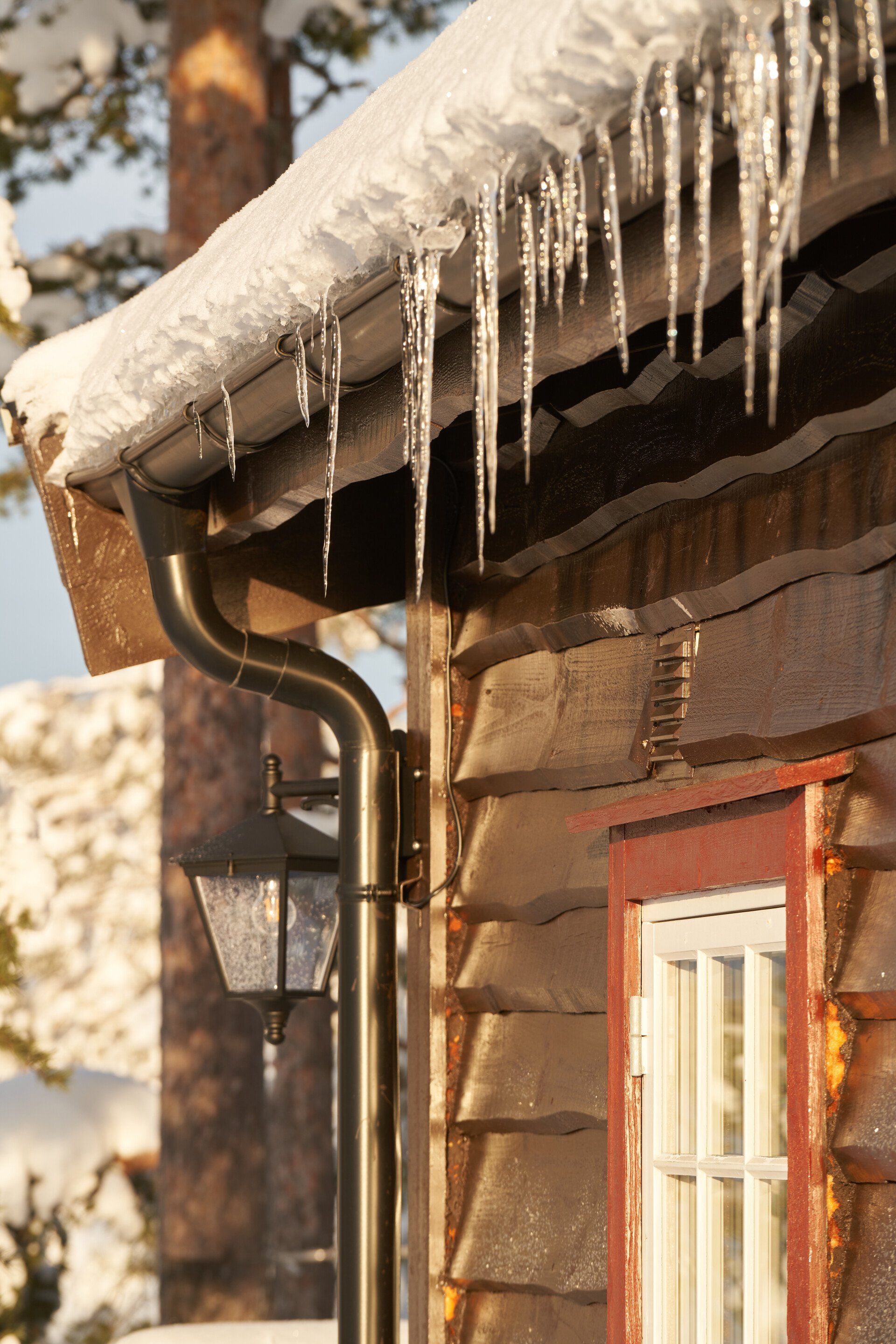

Chilliwack Landscaping Pros
45922 Higginson Rd #B, Chilliwack, BC V2R 2C7
Services

